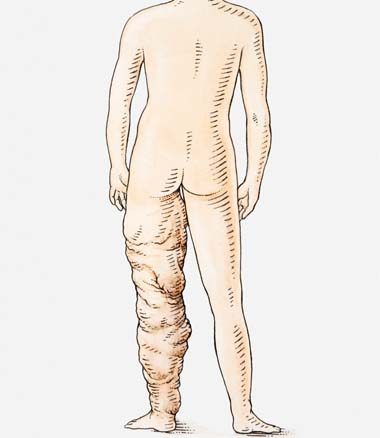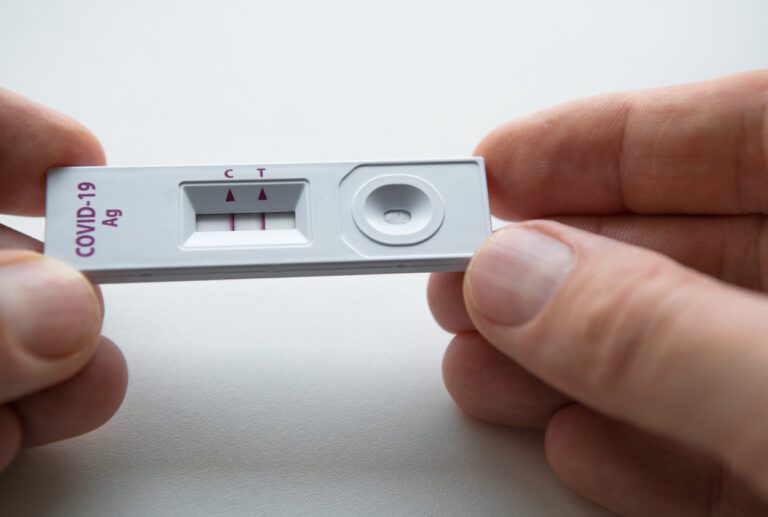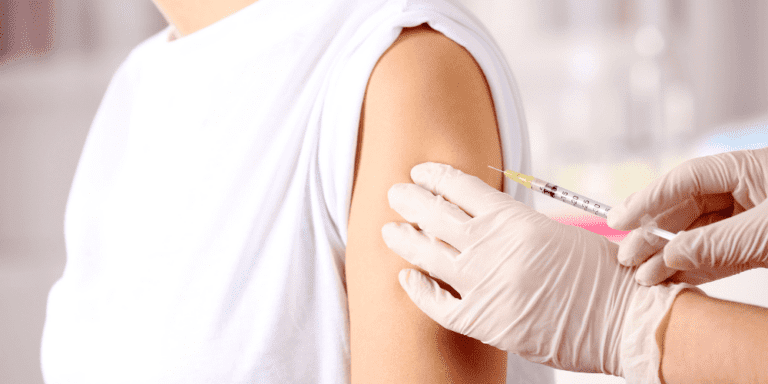As one lymphoedema patient told their doctor, “had I known this would be a consequence of surviving cancer… I wouldn’t have agreed to cancer treatment… I would rather have chosen to die than to live to the end of my life with this huge leg”. While the ever-increasing rate of cancer survival rises, so too does the number of people affected by lymphedema.
In Australia alone, there are over 400,000 people currently living with the illness that was previously referred to as Elephantiasis. Lymphoedema is the persistent swelling of the limb(s) and other areas of the body. Currently, there is no cure for it, but early prevention can limit its impact and thwart the most extreme cases, where patients can lose limbs and fingers.
Wednesday 6 March is Lymphoedema Awareness Day, but for the duration of March, much needed awareness is being drummed up for this condition, which so little Australians and New Zealanders know about.
One of the non-direct affects of Lymphoedema is bullying and psychological suffering, due to patients’ physical appearance. Because early detection is vital, it is imperative that cancer patients remain aware of the signs and symptoms of this chronic condition.
Here are some fast facts about Lymphoedema:
– Cancer patients or survivors are at greater risk of developing Secondary Lymphoedema
– 120 million people worldwide suffer from filarial lymphoedema, an international health endemic transmitted in much the same
way as malaria
– Early diagnosis can reduce the impact of the disorder for sufferers
– There are two types of Lymphoedema, Primary and Secondary.
– Primary Lymphoedema effects approximately one in every 6,000 births and is not always apparent at birth
– Secondary Lymphoedema is the most common type and can develop after part of the lymphatic system is damaged and may occur as a result of cancer treatments
– According to Cancer Australia, of the 120,700 people diagnosed with cancer each year (excluding non-melanoma skin cancer), around 41% (50,000) have a 20% risk of developing secondary lymphoedema with approximately 12,000 survivors likely to develop the disorder to some degree in their lifetime. Of these, up to 2,500 will develop severe lymphoedema and as cancer survival rates improve (to levels of 85% for breast cancer), the incidence of a patient developing lymphoedema increases year by year
This year, communities can raise awareness and funds for research by hosting an ‘Iced Tea Party™’. For more details visit www.lymphoedema.org.au or to donate/register http://www.mycause.com.au/events/icedteapartyforlymphoedema.







